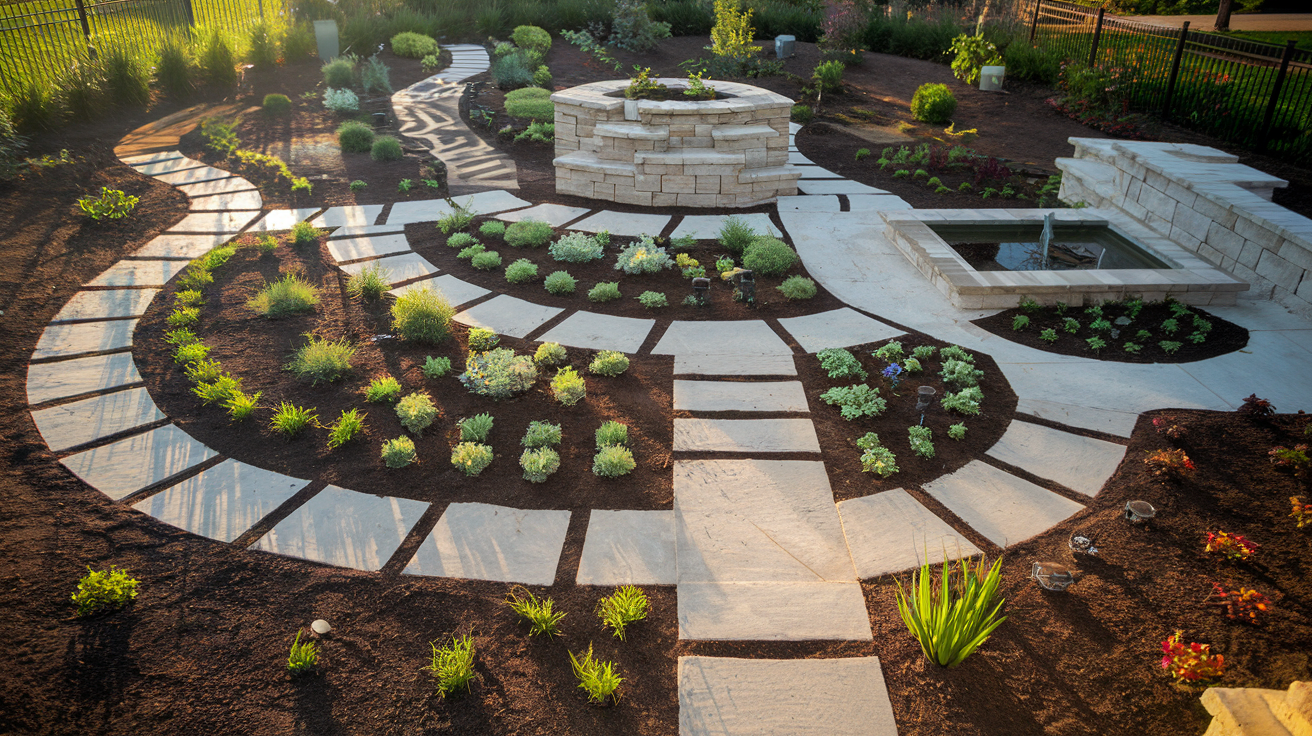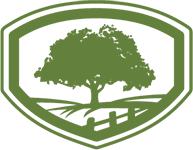
Transforming Your Property: Understanding Core Landscape Design Concepts
Published on April 15, 2025 by Darryl Chevis
A truly captivating landscape doesn't happen by accident. While nature provides the raw materials, it's the thoughtful application of design principles that elevates an ordinary yard into a functional, beautiful, and cohesive outdoor living space. Landscape design is both an art and a science, blending aesthetics with practical considerations like site conditions and user needs. Whether you're planning a complete overhaul or just looking to enhance your current garden, understanding these core concepts can guide your decisions and lead to a more satisfying result.
Unity and Harmony
Unity is the overarching principle that makes all the different parts of your landscape feel like they belong together. It’s about creating a sense of cohesion and consistency. This is often achieved through repetition – using similar plants, materials, colors, or design styles throughout the space. Harmony is the pleasing arrangement of these parts. A unified landscape feels intentional and whole, rather than like a collection of unrelated items.
- How to achieve it: Stick to a consistent theme or style (e.g., modern, cottage, native). Repeat key plants, hardscape materials (like a specific type of stone or paver), or architectural elements.
Balance
Balance refers to the visual equilibrium of the landscape. It ensures that the visual weight feels evenly distributed. There are two main types:
- Symmetrical Balance: This creates a formal look where one side of the landscape mirrors the other along a central axis. Think of a grand entrance with identical urns and plantings flanking a straight path to the front door. It feels orderly and structured.
- Asymmetrical Balance: This achieves equilibrium using different elements with similar perceived visual weight. For example, a large specimen tree on one side might be balanced by a grouping of smaller shrubs and a prominent boulder on the other. This often feels more natural and dynamic.
Proportion and Scale
Proportion relates to the size relationships between different elements within the landscape (e.g., the size of shrubs relative to trees, or flowers relative to shrubs). Scale refers to the size of elements relative to their surroundings, particularly human scale and the scale of nearby structures like your house. Features should feel appropriately sized – not so large they overwhelm, nor so small they get lost. A tiny fountain might look out of place in a vast lawn, just as massive retaining walls might dominate a small courtyard.
Focal Point (Emphasis)
A well-designed landscape directs the eye. A focal point is a visually dominant feature that captures attention and draws the viewer in. This could be a striking specimen plant (like a Japanese Maple with vibrant color or unique form), a sculpture, a water feature, an attractive seating area, or even a brightly colored front door viewed from the street. Effective focal points prevent the eye from wandering aimlessly and add interest. While multiple points of interest can exist, one or two dominant ones often work best to avoid visual clutter.
Sequence and Rhythm (Repetition)
Sequence involves how the eye is led through the landscape. Rhythm is created by repeating elements like plants, shapes, or colors at intervals, creating a sense of pattern and movement. Think of stepping stones guiding you along a path, or a line of identical shrubs leading towards an entrance. This repetition, closely linked to unity, helps tie the landscape together and creates a predictable, pleasing flow.
Variety
While unity and repetition are crucial, too much sameness can be monotonous. Variety adds interest and prevents boredom. This can be achieved by using plants with different forms (upright, weeping, mounding), textures (fine, coarse, glossy), sizes, and colors. Contrasting elements, when used strategically, can highlight specific features. The key is to strike a balance – enough variety to be interesting, but not so much that the design loses its unity and becomes chaotic.
Color Theory
Color dramatically impacts the mood and perception of space. Warm colors (reds, oranges, yellows) tend to advance visually, making spaces feel smaller and more energetic. Cool colors (blues, purples, greens) tend to recede, creating a sense of calm and making spaces feel larger. Understanding basic color schemes (complementary, analogous, monochromatic) can help you create specific effects, highlight focal points, or enhance unity.
Texture
Texture refers to the surface quality of plants and materials – coarse, medium, or fine. Think of the boldness of large hosta leaves (coarse) versus the delicate look of ferns or ornamental grasses (fine). Contrasting textures add depth and interest, especially in designs with limited color palettes (like all-green shade gardens). Hardscape materials also contribute texture – smooth concrete versus rough flagstone or chunky bark mulch.
Line and Form
Lines define spaces and direct movement within the landscape. Straight lines create a formal, direct feel, often used in paths, hedges, and structural elements. Curved lines create a more natural, flowing, and indirect path. Vertical lines (trees, tall structures) draw the eye upward, while horizontal lines (low walls, groundcovers) create a sense of stability and breadth. Form refers to the three-dimensional shape of plants and objects (e.g., columnar, round, weeping, spreading). The interplay of lines and forms shapes the overall structure and feel of the garden.
Bringing It All Together
These concepts don't exist in isolation; they work together. A successful landscape design starts with analyzing the site (sun exposure, soil, drainage, existing features) and understanding how you want to use the space. Then, these principles are applied to arrange plants, hardscaping, and other elements into a functional and aesthetically pleasing composition.
By understanding and applying these core landscape design concepts, you can move beyond simply placing plants in the ground and start creating an outdoor space that is truly an extension of your home – beautiful, functional, and uniquely yours.
Categories: Landscaping Basics

